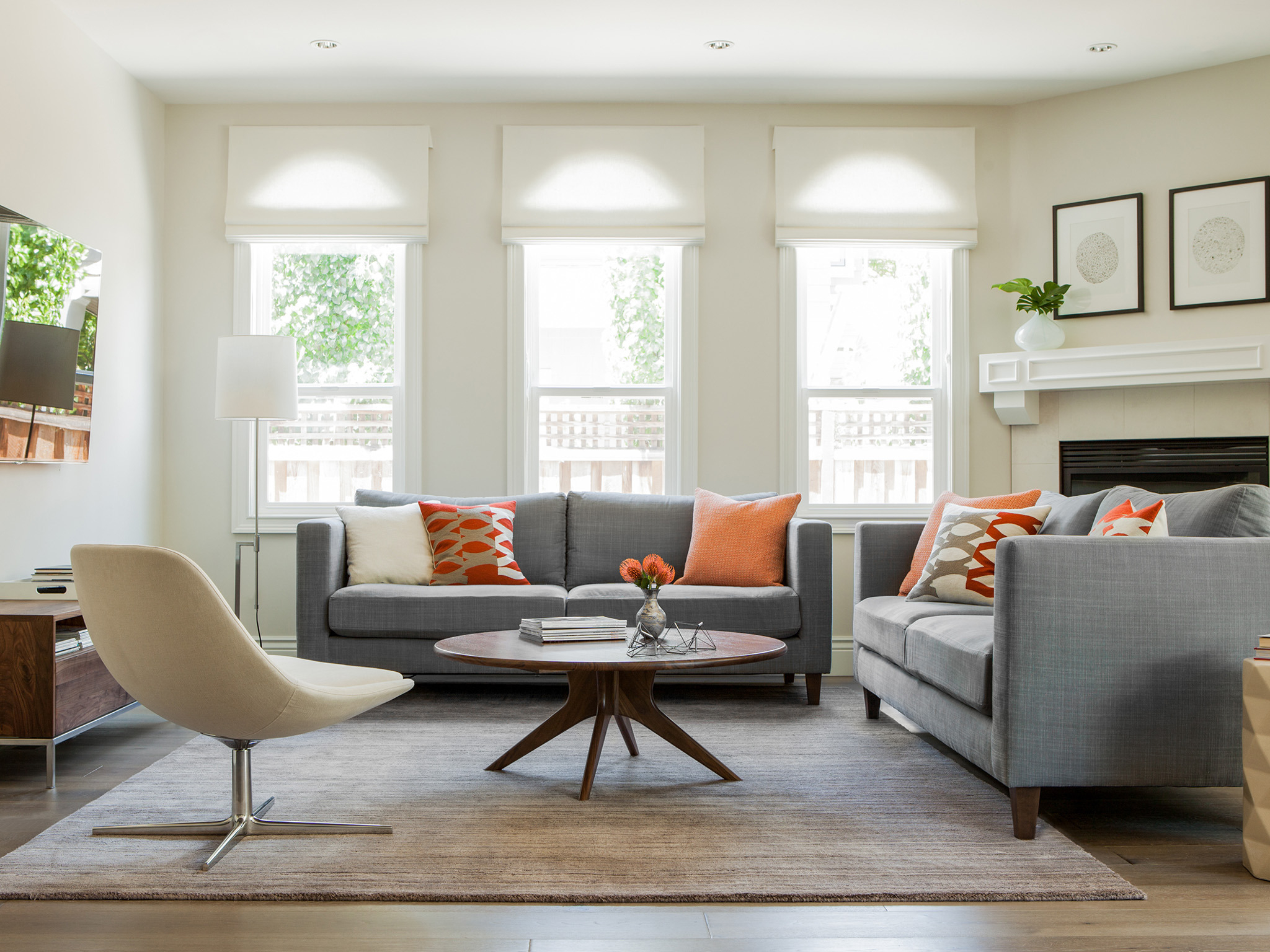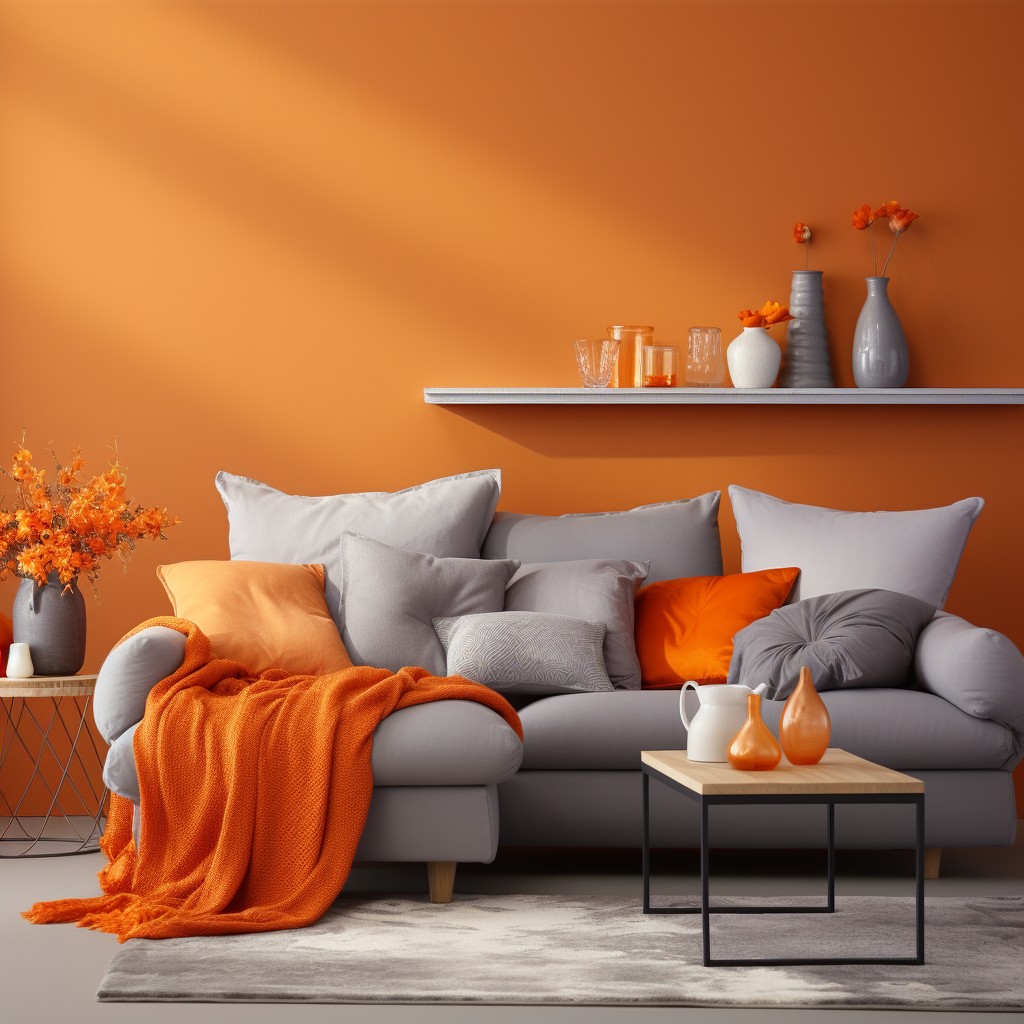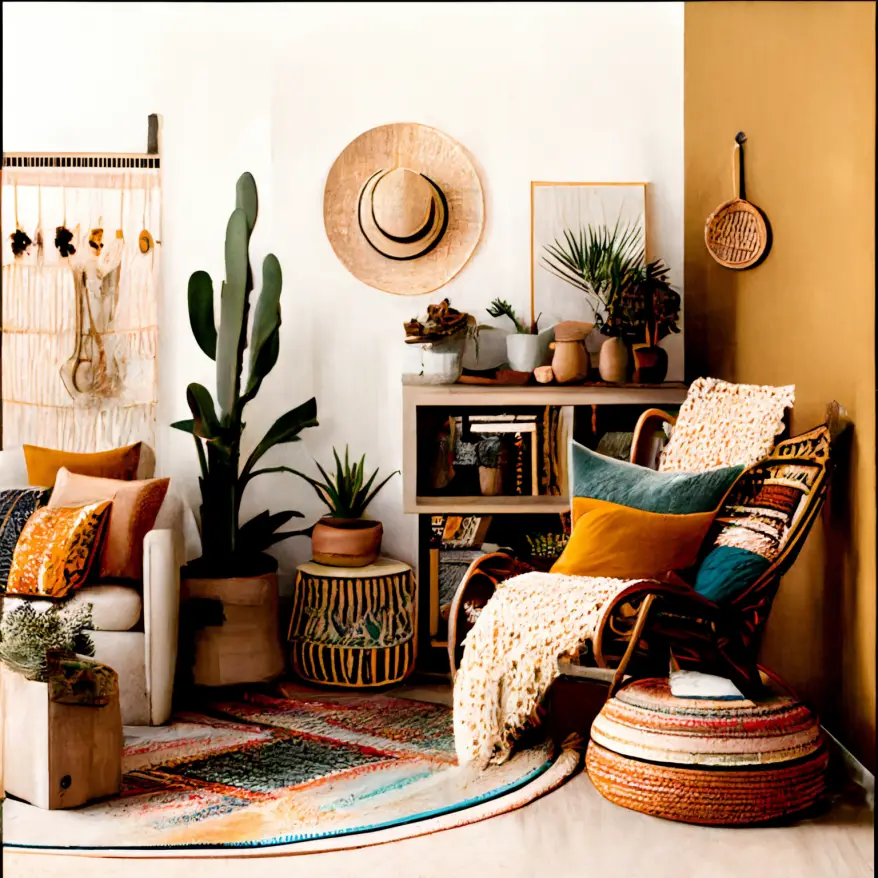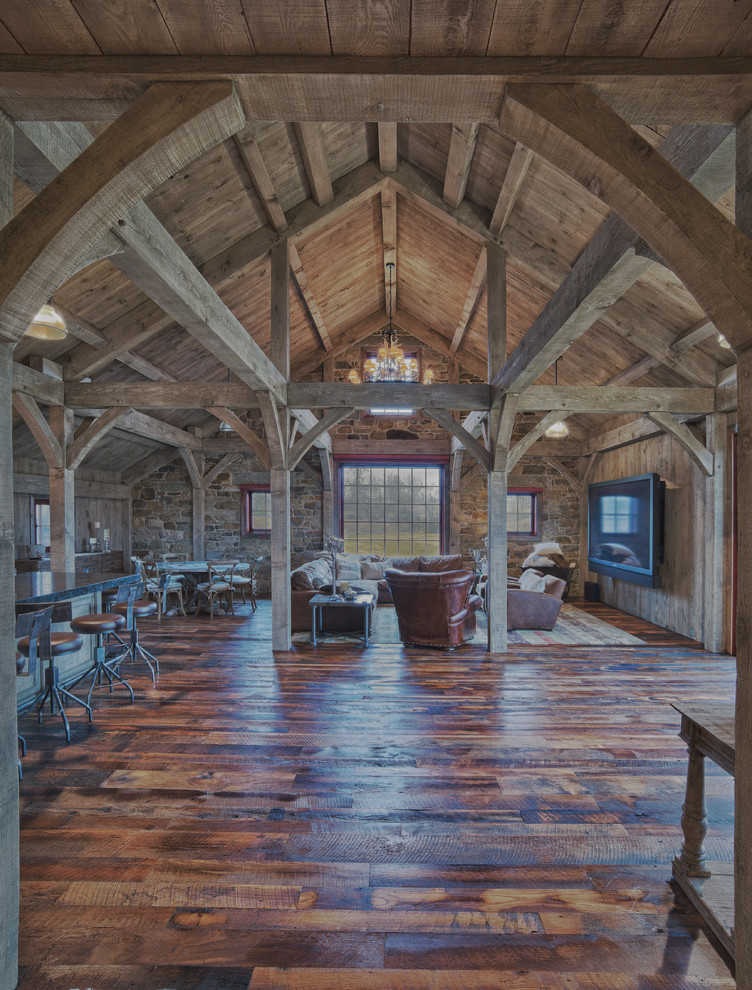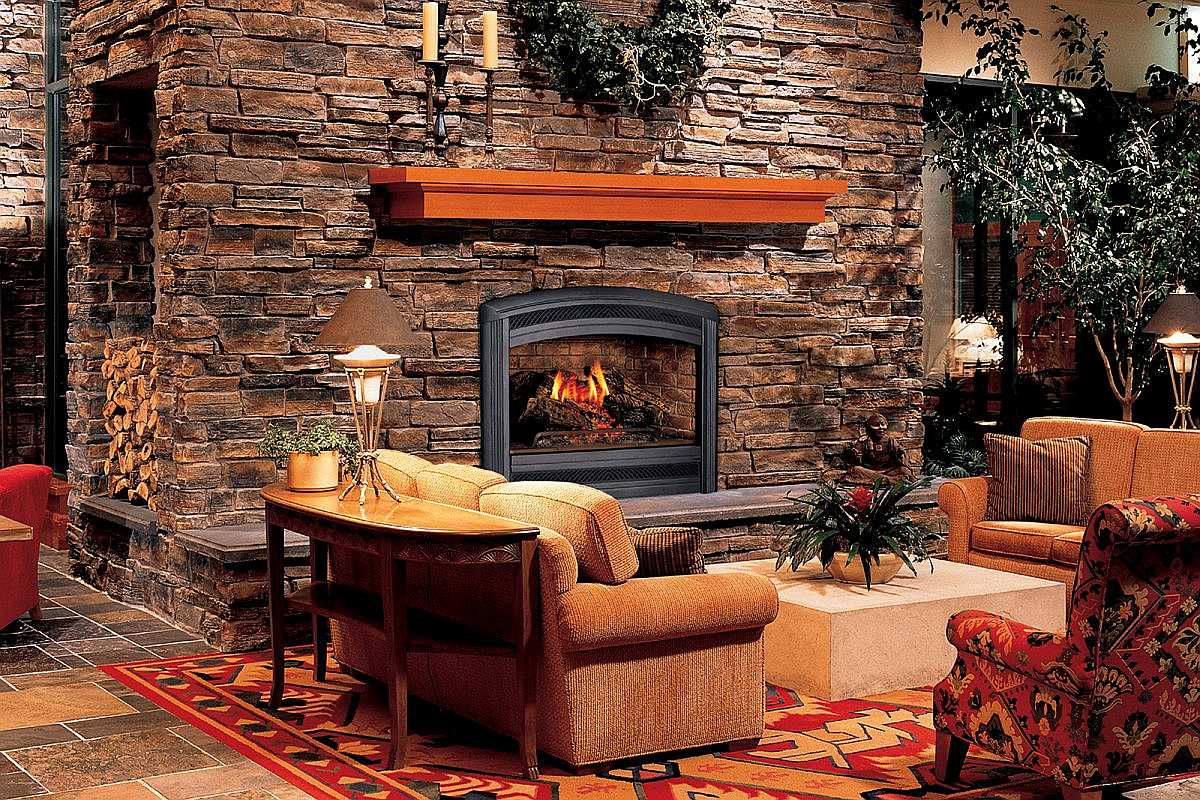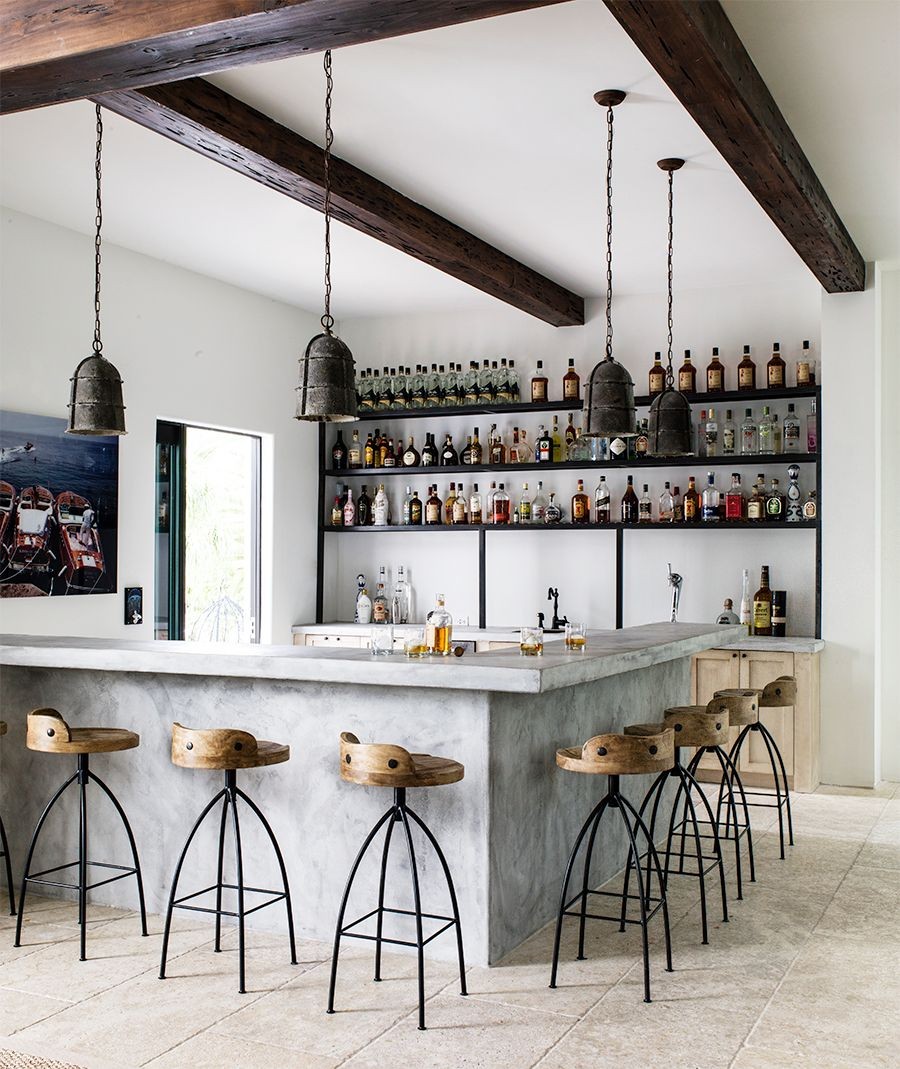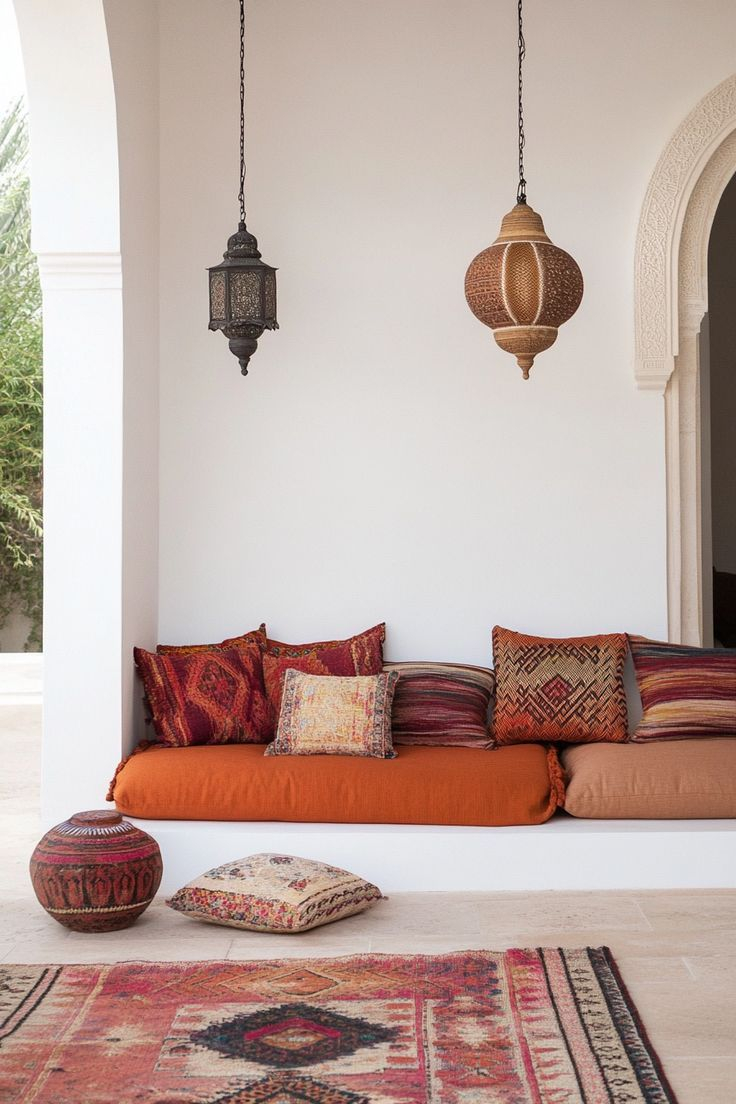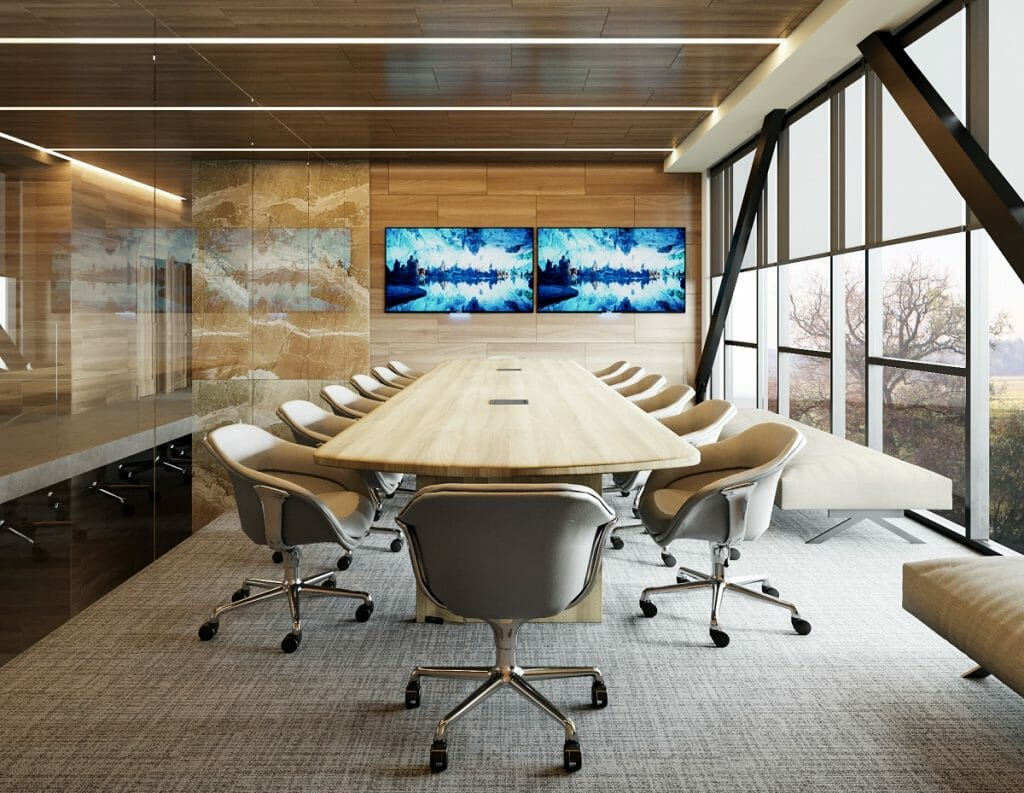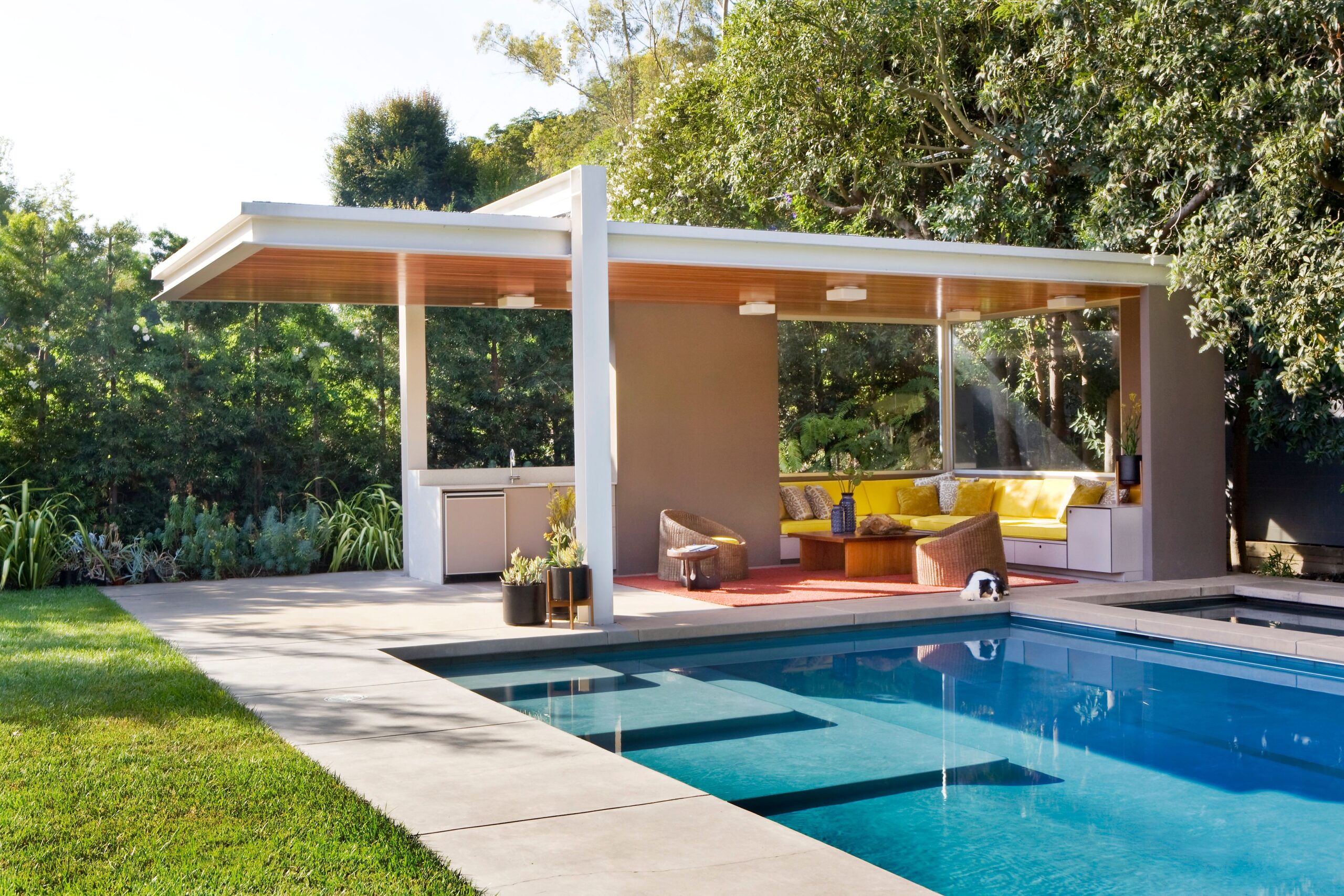Ever feel like your living space just isn’t quite hitting the mark? Maybe it’s a bit cramped, a tad disorganized, or just not as comfortable or stylish as you’d like. You’re not alone. Many of us look at our homes and see untapped potential, wishing for a bit more breathing room or a more inviting atmosphere. The good news is, you don’t need a massive renovation or a huge budget to make a significant difference. Smart interior design is all about working with what you have, making clever choices, and utilizing space in ways you might not have considered. It’s about creating a home that truly serves you, making everyday life smoother and more enjoyable.
Your living area is more than just a room; it’s the heart of your home. It’s where you relax after a long day, entertain friends and family, or maybe even squeeze in some work. Making this space work for you is paramount to your overall well-being and enjoyment of your home. But how do you achieve that? It’s often found in the details, the thoughtful placements, and the judicious use of resources. We’re going to explore some straightforward yet impactful interior design solutions that can dramatically improve your living area, making it more functional, aesthetically pleasing, and a true reflection of your lifestyle. Let’s dive in and unlock what your space has to offer.
The Power of Layout and Flow
The first step to a better living area is often re-evaluating the layout. Think about how you actually use the space. Where do people naturally congregate? Where do you walk most often? Arranging your furniture to facilitate easy movement, or ‘flow,’ is crucial. Instead of pushing all furniture against the walls, try creating distinct zones within the room. A conversation area could be anchored by a rug, while a reading nook might be defined by a comfortable armchair and a floor lamp. Consider the scale of your furniture too. Oversized pieces can make a small room feel even smaller, while appropriately sized items will enhance the sense of space. Don’t be afraid to experiment. Move things around. Sometimes a simple shift can make a world of difference. For instance, angling a sofa can create a more dynamic and inviting arrangement than a straight line against a wall.
Multifunctional Furniture: Your Space-Saving Ally
In today’s living environments, especially in smaller homes or apartments, multifunctional furniture is a game-changer. These pieces do double duty, offering practicality and saving precious floor space. Think about ottomans that double as storage chests and extra seating, or coffee tables with built-in shelves or drawers. Sofa beds are a classic for a reason, perfect for hosting overnight guests without dedicating a whole room. Wall-mounted desks that fold away when not in use can transform a corner into a workspace in seconds. Even a simple bench with storage underneath can serve as seating and a place to stow blankets or magazines. Choosing these types of items means you get more utility from less square footage, keeping your living area tidy and versatile.
Clever Storage Solutions: Declutter for Serenity
Clutter is the enemy of a peaceful and functional living space. Implementing smart storage solutions is key to keeping things organized and maintaining a sense of calm. Built-in shelving units can maximize vertical space, drawing the eye upwards and providing ample room for books, decor, and essentials without taking up much floor area. Floating shelves are another excellent option, offering storage and display space while maintaining an airy feel. Baskets and decorative bins are fantastic for corralling smaller items like remotes, coasters, or children’s toys. Consider furniture with hidden storage, like a storage headboard or a storage ottoman. The goal is to have a designated place for everything, making tidying up a breeze and ensuring your living area always looks its best.
Lighting: Setting the Mood and Enhancing Space
The right lighting can completely transform the atmosphere of your living area. It’s not just about having one overhead light; it’s about layering different light sources to create warmth, depth, and functionality. Ambient lighting provides overall illumination, often from ceiling fixtures. Task lighting is focused light for specific activities, like reading lamps next to a sofa or a desk lamp. Accent lighting can highlight artwork or architectural features. Dimmers are your best friend here, allowing you to adjust the intensity of light to suit the time of day or your mood. Consider floor lamps, table lamps, and even wall sconces to add dimension. Natural light is also incredibly important, so keep window treatments simple and allow as much daylight in as possible. Well-lit spaces feel larger and more welcoming.
Color and Texture: Adding Depth and Personality
The colors and textures you choose play a huge role in how your living area feels. Lighter, neutral colors can make a space feel more open and airy, reflecting more light. However, don’t shy away from color entirely. Pops of vibrant color through accessories like throw pillows, artwork, or a statement rug can add personality and energy without overwhelming the space. Texture adds depth and interest. Think about incorporating a soft rug, plush cushions, a woven throw blanket, or even textured wallpaper. Mixing different textures creates a richer, more inviting environment. For example, pairing a smooth leather sofa with a chunky knit throw and a velvet cushion creates a luxurious and tactile experience. It’s about creating a harmonious blend that appeals to the senses.
Maximizing Natural Light and Visual Space
Making your living area feel as spacious and bright as possible often comes down to how you handle natural light and create visual illusions. Keep windows unobstructed; opt for sheer curtains or blinds that can be easily opened. Mirrors are magical for making a room feel bigger and brighter. Placing a large mirror opposite a window will reflect natural light and the view, creating a sense of depth. Using light colors on walls and ceilings also helps bounce light around the room. Another trick is to use furniture with legs, like sofas or coffee tables on slender legs. This allows light and air to flow underneath, making the room feel less heavy and more open. Vertical elements, like tall bookshelves or curtains hung close to the ceiling, can also draw the eye upward, enhancing the perception of height.
Creating a living area that is both beautiful and highly functional is entirely achievable with smart design choices. By focusing on layout, utilizing multifunctional furniture, implementing clever storage, mastering lighting, and playing with color and texture, you can significantly enhance your home’s appeal and your daily life. Small adjustments can lead to big improvements. Don’t be afraid to experiment, trust your instincts, and tailor these ideas to your unique needs and style. Your living area is a canvas, and with these smart solutions, you can unlock its true potential, creating a space you’ll love to live in.

